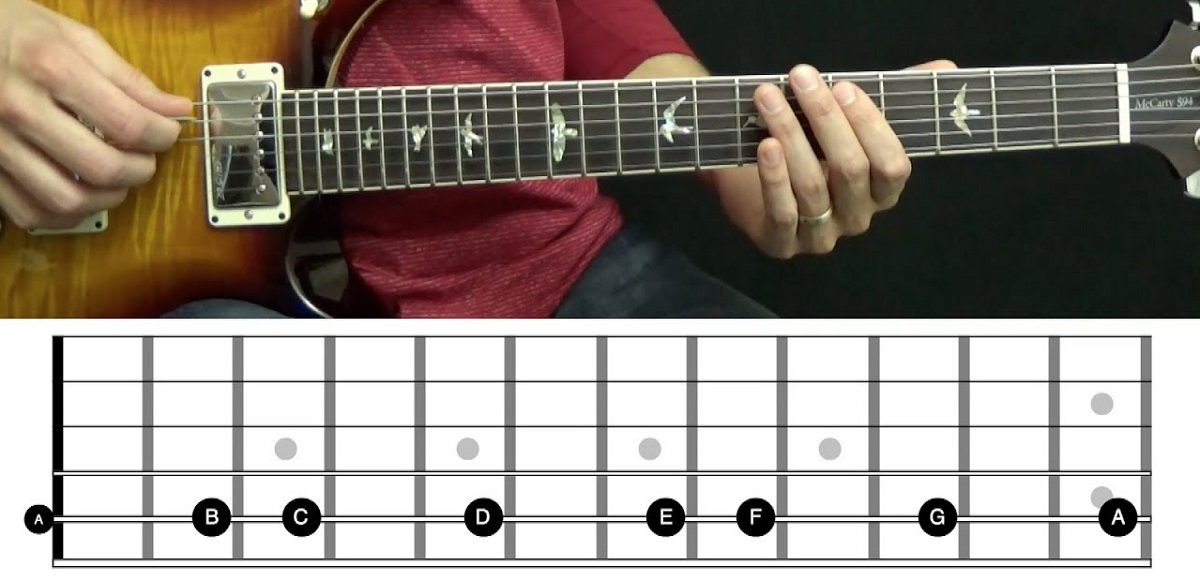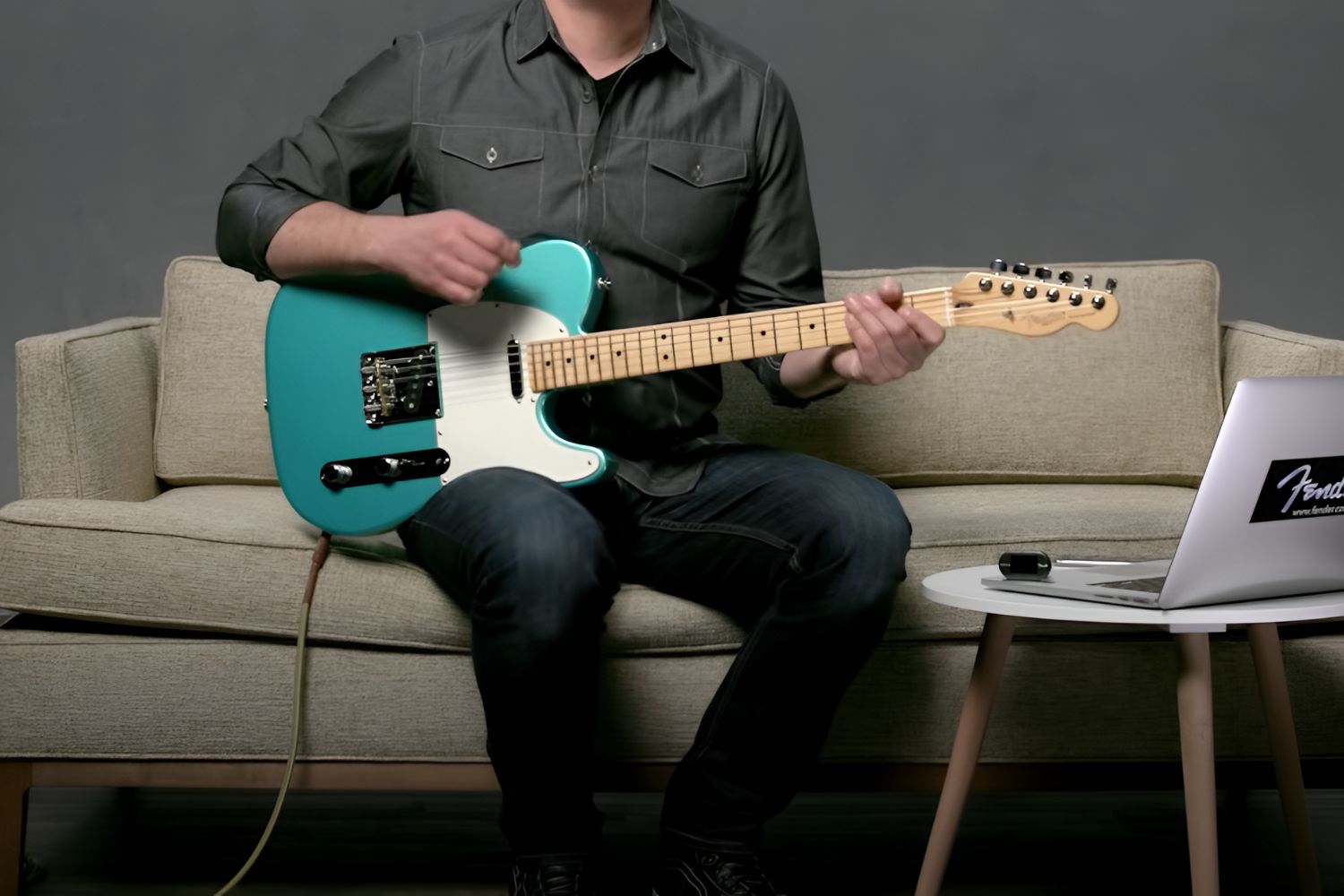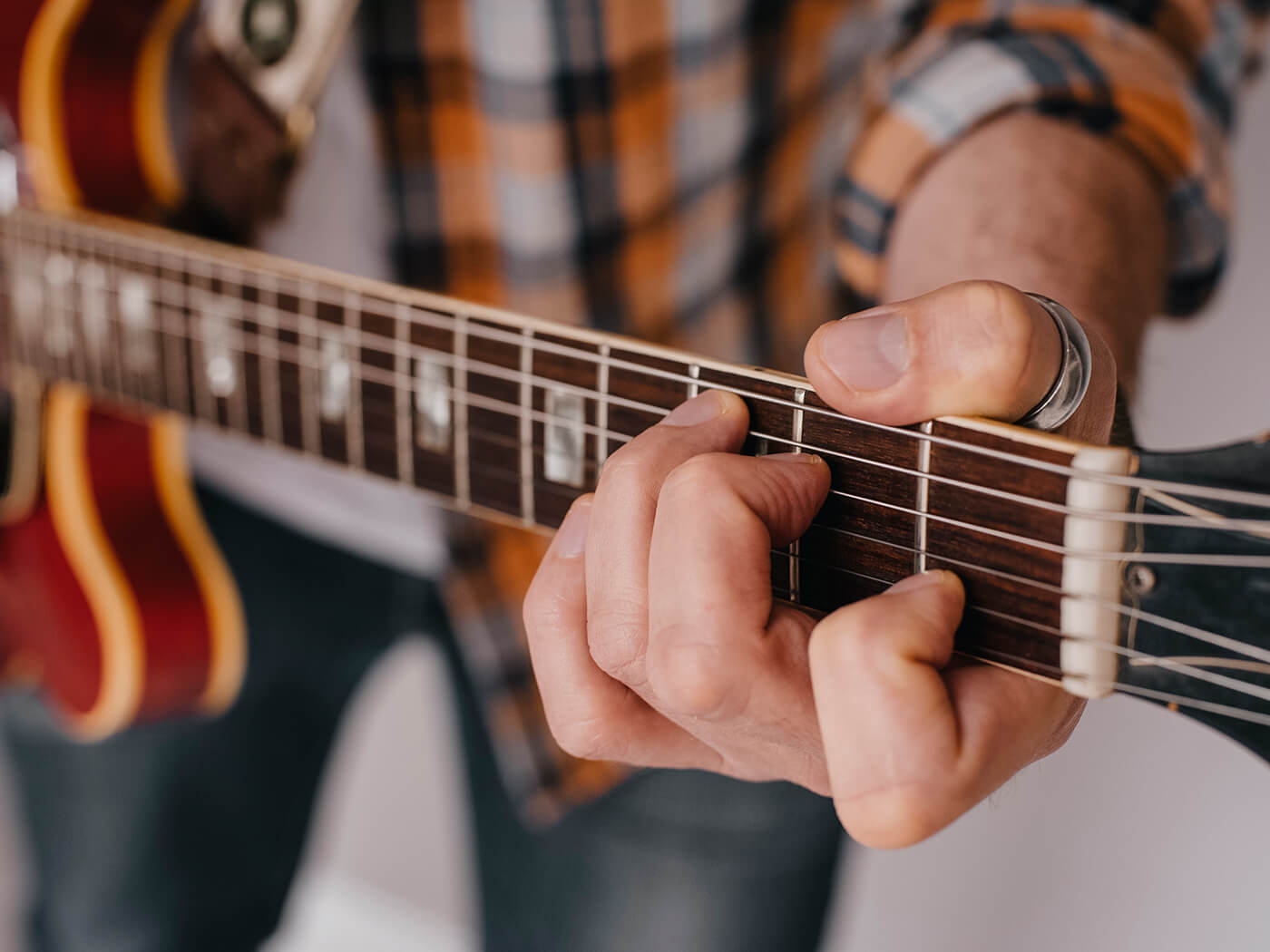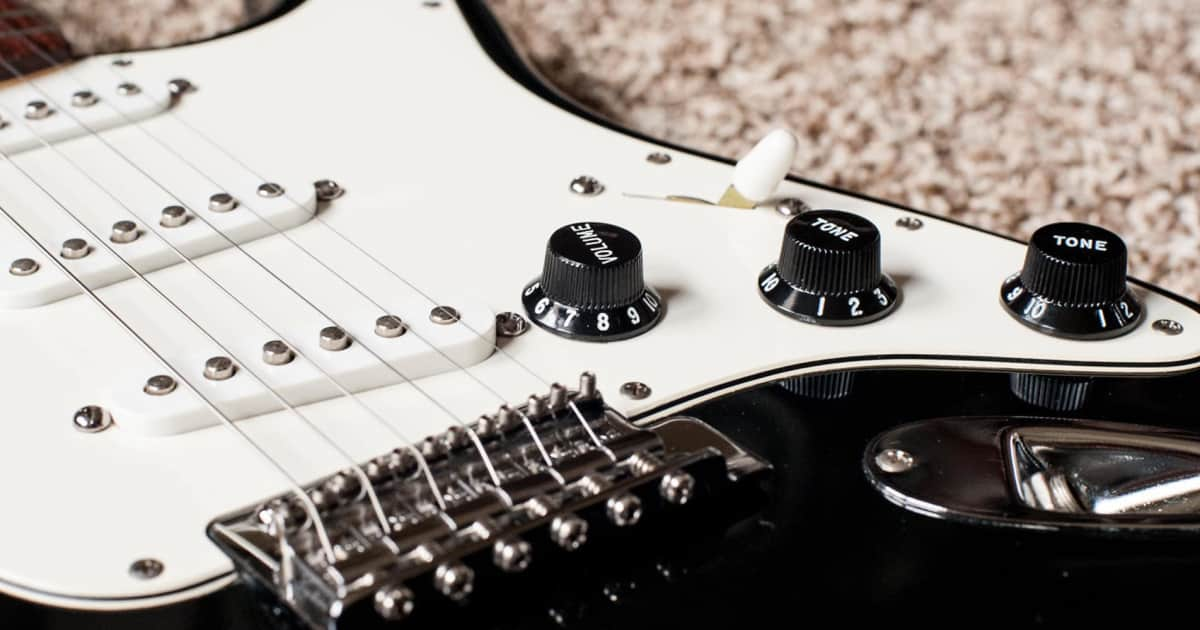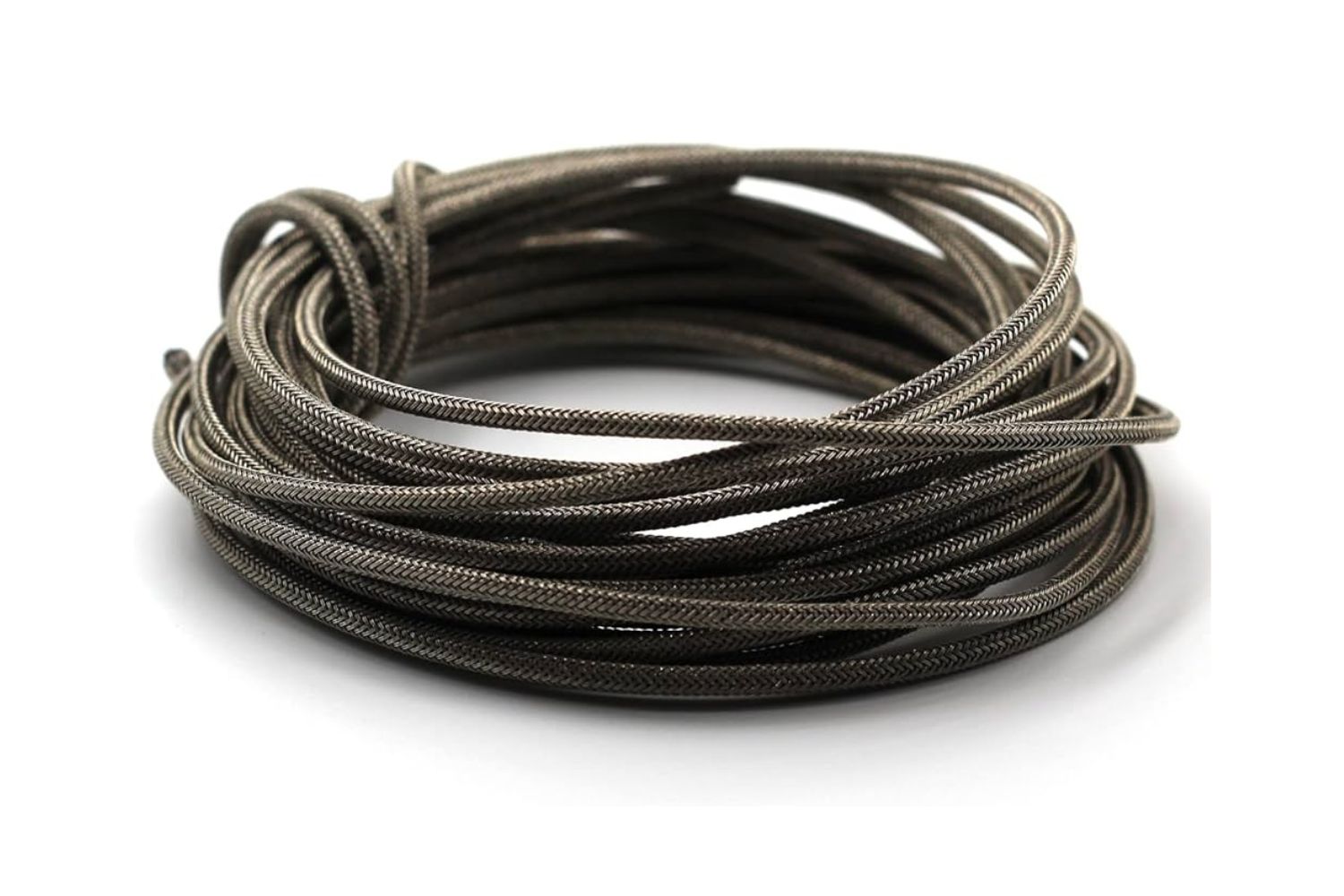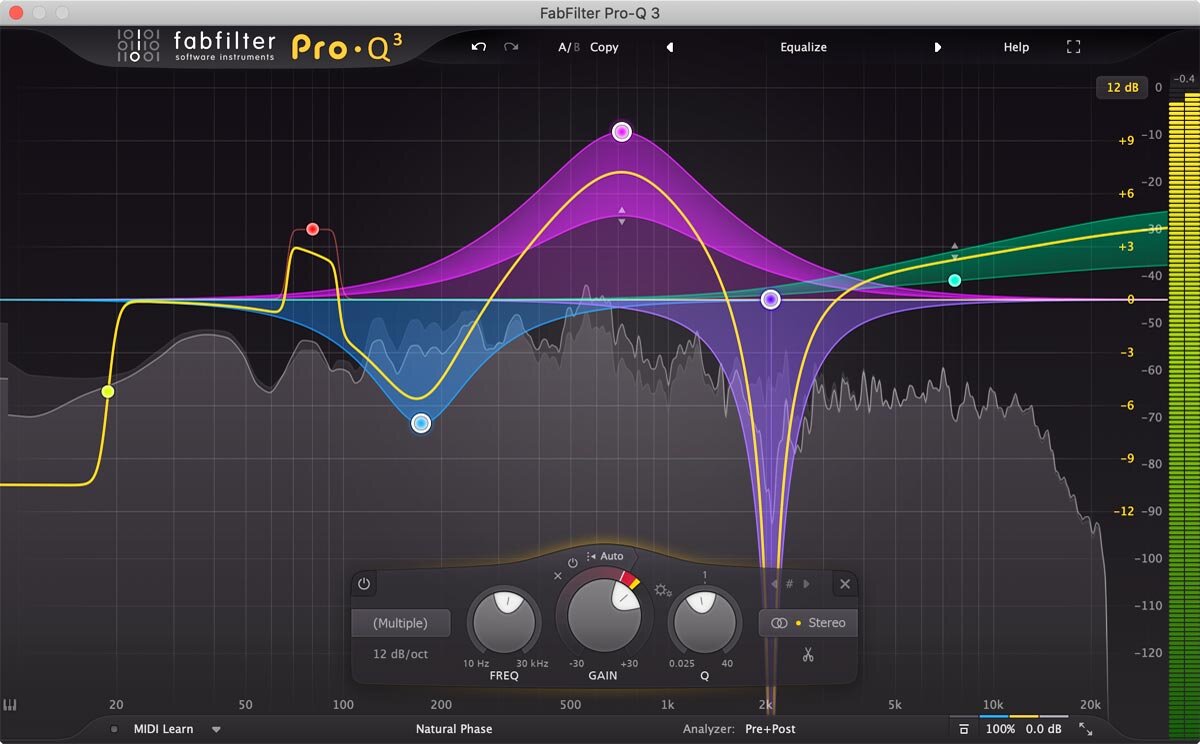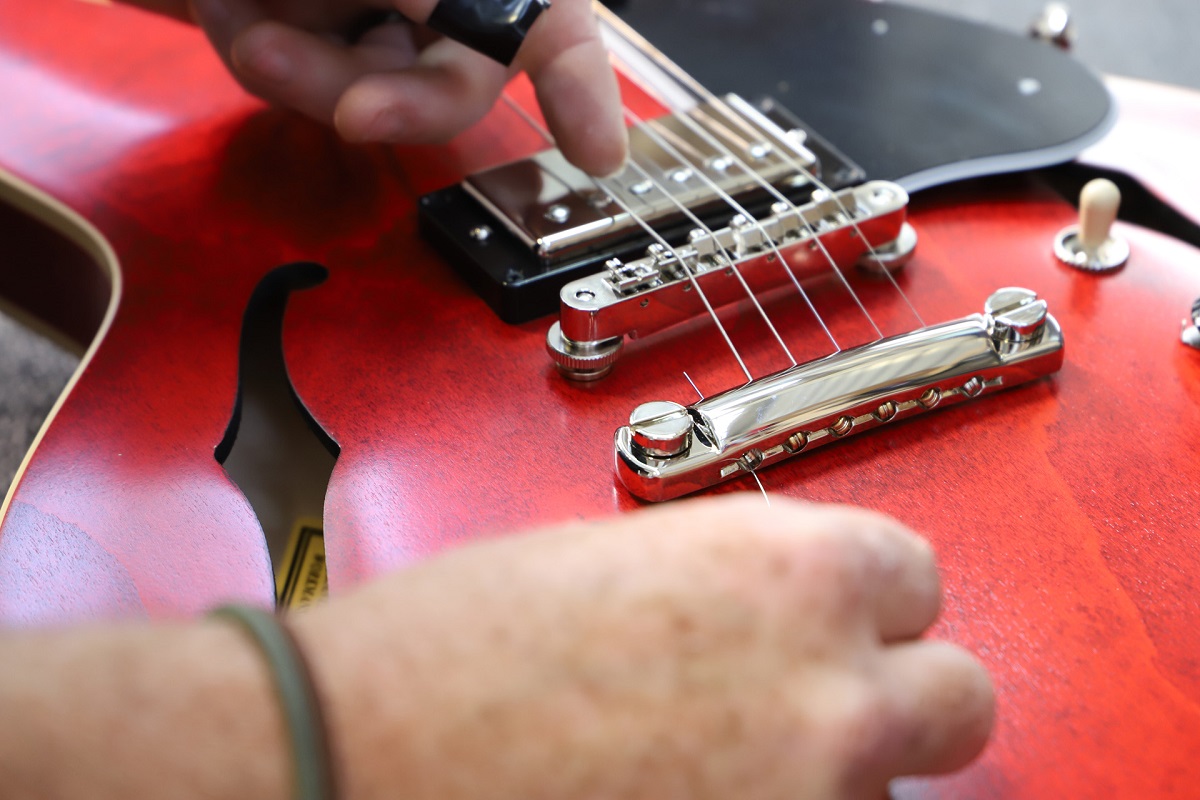Introduction
The electric guitar is a versatile and widely beloved instrument, known for its ability to produce a wide range of tones and styles. Understanding the notes on an electric guitar is fundamental for any aspiring guitarist. Whether you're a beginner or an experienced player looking to deepen your knowledge, grasping the layout of the notes on the fretboard is essential for mastering the instrument.
As you embark on your journey to learn the notes on an electric guitar, you'll discover the significance of open strings, natural notes, and the concept of sharps and flats. Each of these elements contributes to the rich tapestry of sounds that can be created on this iconic instrument. Furthermore, delving into the intricacies of the fretboard will unveil the endless possibilities for creating melodies, chords, and solos.
By familiarizing yourself with the notes on an electric guitar, you'll gain the foundational knowledge needed to explore various musical genres, develop your own unique playing style, and communicate effectively with other musicians. Whether you aspire to strum along to your favorite songs, improvise captivating solos, or compose original music, a solid understanding of the guitar's notes will serve as your compass on this musical journey.
In the following sections, we will delve into the open strings, natural notes, sharps and flats, and provide guidance on how to navigate the fretboard with confidence. Embrace the process of learning and let the exploration of the electric guitar's notes ignite your passion for music. Get ready to unlock the full potential of this remarkable instrument and unleash your creativity through its captivating sounds.
The Open Strings
When discussing the notes on an electric guitar, it’s essential to start with the open strings. The standard tuning of a 6-string electric guitar, from the lowest-pitched string to the highest, is E, A, D, G, B, and E. These strings serve as the foundation for understanding the layout of notes on the instrument.
Each open string corresponds to a specific note, and familiarizing yourself with these notes is crucial for navigating the fretboard. The low E string, for example, produces the note E when played without pressing down on any fret. Moving to the A string, you’ll hear the pitch of A when it’s played open. This pattern continues with the D, G, B, and high E strings, each producing their respective notes when played without fretting.
As you acquaint yourself with the open strings, take the time to listen to the unique sound produced by each string. This sonic exploration will deepen your connection to the instrument and lay the groundwork for understanding how notes are organized on the fretboard.
Furthermore, the open strings provide a starting point for learning chords, scales, and melodies. By understanding the notes associated with each open string, you’ll be able to identify and create musical patterns that form the basis of countless songs and compositions. Whether you’re strumming chords for a beloved ballad or executing intricate solos, the open strings serve as the launchpad for your musical expressions.
As you progress in your guitar journey, the open strings will become second nature, guiding your fingers across the fretboard and serving as reference points for creating captivating music. Embrace the unique characteristics of each open string and let them inspire your musical exploration.
The Natural Notes
On the fretboard of an electric guitar, the natural notes are the foundational building blocks of music. These notes are represented by the letters A, B, C, D, E, F, and G, and they form the basis of scales, chords, and melodies. Understanding the layout of these natural notes is essential for navigating the fretboard and creating harmonious music.
As you move along the fretboard, you’ll encounter these natural notes in various positions. For instance, the note A appears at the 5th fret of the low E string, the 12th fret of the A string, the 17th fret of the D string, and so on. Similarly, the note B can be found at the 7th fret of the low E string, the 2nd fret of the A string, and the 19th fret of the G string, and so forth.
Mastering the natural notes on the fretboard empowers you to construct scales and play melodies with precision. By internalizing the locations of these notes, you’ll develop the ability to move fluidly between different pitches, unlocking a world of melodic possibilities. Whether you’re playing a soulful blues riff, a catchy pop melody, or a complex classical composition, the natural notes serve as your musical foundation.
Furthermore, understanding the natural notes allows you to grasp the concept of intervals and the relationships between different pitches. This knowledge forms the basis of music theory, enabling you to analyze and interpret musical compositions with a deeper understanding. As you immerse yourself in the world of natural notes, you’ll uncover the interconnectedness of music and gain insights that enhance your musical proficiency.
Embrace the exploration of natural notes on the electric guitar, and let their resonance guide your musical journey. By mastering the layout of these fundamental notes, you’ll strengthen your musical fluency and open the door to endless creative possibilities.
The Sharps and Flats
As you delve into the world of music theory and the notes on an electric guitar, you’ll encounter the concepts of sharps and flats. These symbols, represented by the “#” (sharp) and “b” (flat) signs, respectively, alter the pitch of a note, adding richness and complexity to musical compositions.
Sharps and flats are essential for understanding the chromatic scale, which encompasses all 12 pitches within an octave. For instance, if you start with the note C and ascend through the chromatic scale, you’ll encounter C#, D, D#, E, F, F#, G, G#, A, A#, and B before reaching the next octave at C. Similarly, descending through the scale introduces the flat symbols, such as B, Bb, A, Ab, G, Gb, F, E, Eb, D, Db, and C.
On the fretboard of an electric guitar, the presence of sharps and flats introduces additional fret positions between the natural notes. For example, the note C# can be found at the 4th fret of the A string, while the note Db is located at the 9th fret of the same string. Understanding the relationship between these enharmonic equivalents is crucial for playing with accuracy and expressing musical nuances.
Moreover, sharps and flats play a pivotal role in constructing chords and scales with diverse tonal colors. Whether you’re crafting a bluesy progression that incorporates the expressive nature of flattened notes or exploring the edgier sound of sharp intervals in a rock solo, these symbols add depth and character to your musical repertoire.
Embrace the intricacies of sharps and flats as you navigate the fretboard of your electric guitar. By mastering the nuances of these symbols, you’ll expand your musical vocabulary and infuse your playing with the captivating allure of altered notes. Let the exploration of sharps and flats ignite your creativity and propel your musical journey to new heights.
Finding the Notes on the Fretboard
Mastering the ability to locate notes on the fretboard of an electric guitar is a transformative skill that empowers you to express yourself musically with precision and confidence. As you embark on this journey, various methods and techniques can aid in developing a deep understanding of the fretboard and its myriad of notes.
One fundamental approach to familiarizing yourself with the notes on the fretboard is through visualizing patterns and intervals. By recognizing the repeating patterns of notes across the strings and frets, you can efficiently navigate the fretboard and identify the locations of specific pitches. This visual mapping allows you to swiftly locate notes for chords, scales, and melodies, laying the groundwork for seamless and expressive playing.
Additionally, utilizing mnemonic devices and memorization techniques can significantly enhance your ability to recall the notes on the fretboard. Creating mnemonic phrases or visual associations for note positions can aid in committing the fretboard layout to memory, enabling you to swiftly access the desired notes during performance or practice sessions.
Furthermore, integrating ear training into your practice routine can sharpen your ability to identify notes by sound, reinforcing your understanding of the fretboard’s sonic landscape. By honing your ear and developing the skill to recognize and replicate specific pitches, you’ll deepen your musical intuition and strengthen your connection to the instrument.
Exploring the notes on the fretboard is an ongoing and rewarding process that evolves as you progress on your guitar journey. As you dedicate time to practice and exploration, the fretboard transforms from a collection of frets and strings into a canvas for musical expression. Embrace the journey of finding the notes on the fretboard, and let your discoveries ignite your passion for creating captivating music.







